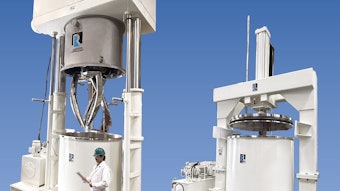
Sytheon, in collaboration with Moffitt Cancer Center, has published a study in the antioxidants journal. The study is titled “The Role of Acetyl Zingerone and Its Derivatives in Inhibiting UV-Induced, Incident and Delayed Cyclobutane Pyrimidine Dimers” and and contains research that supports Synoxyl AZ (INCI: Acetyl Zingerone), effective for use in sunscreens and skin care products.
Related: Sytheon Finds Aryl Alkanones Protect Hair Against Dye-induced Damage
The ingredient is efficient in blocking formation of both incidental CPDs (iCPDs) and dark CPDs (dCPDs), according to Sytheon.
Post-UV exposure, dCPDs account for as much as 50% of all CPDs generated in melanocytes, per the company. Sytheon found that Acetyl Zingerone (AZ), an analog of Zingerone, inhibits formation of dCPDs and attenuates iCPDs that arise directly during UV exposure.
Further research demonstrated that AZ could downregulate melanin synthesis, upregulate the nucleotide excision repair and scavenge the ONOO−, all of which cumulatively reduces the amount of total CPDs. Per Sytheon, these observations were specific to the pigmented melanocytes. By investigating chemical analogs of AZ, the comapny also observed that the pentane-2,4-dione group appears to be essential to AZ’s efficacy.










